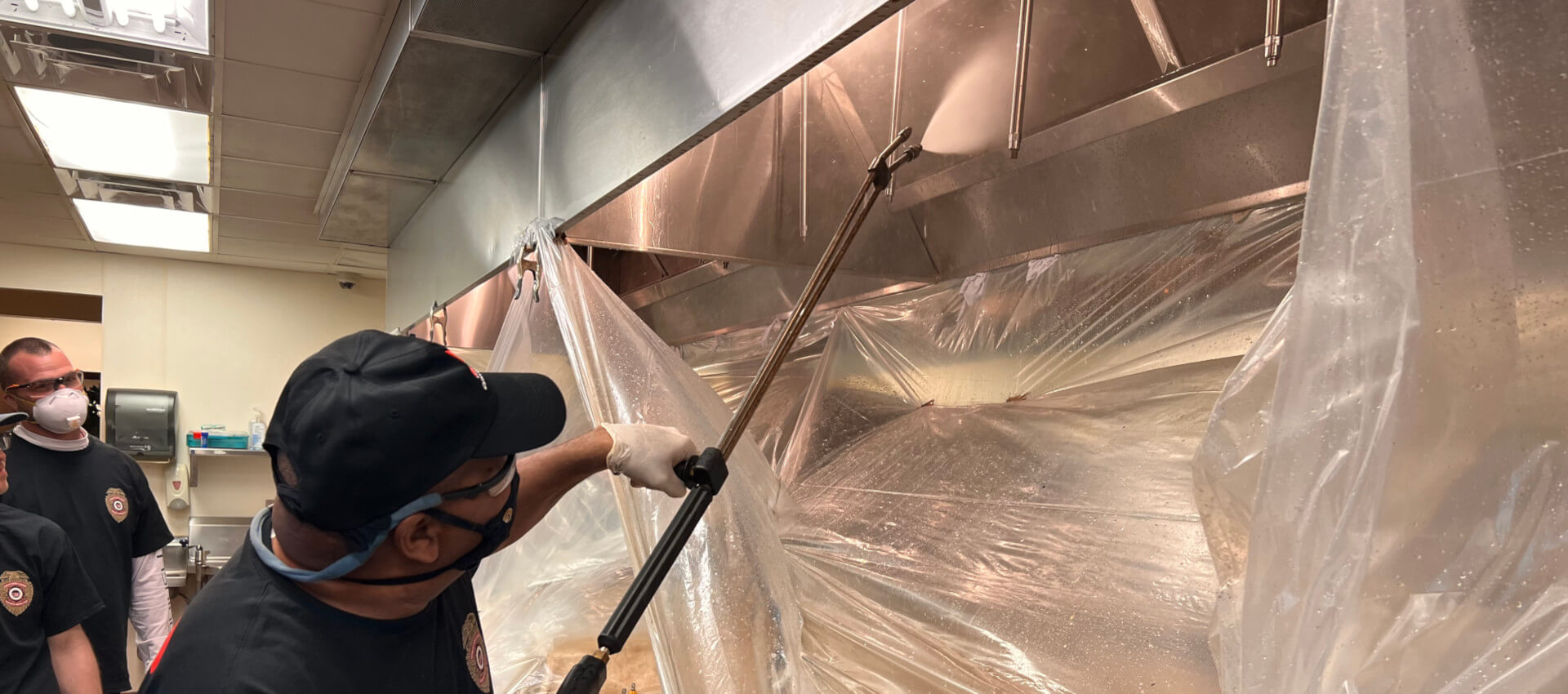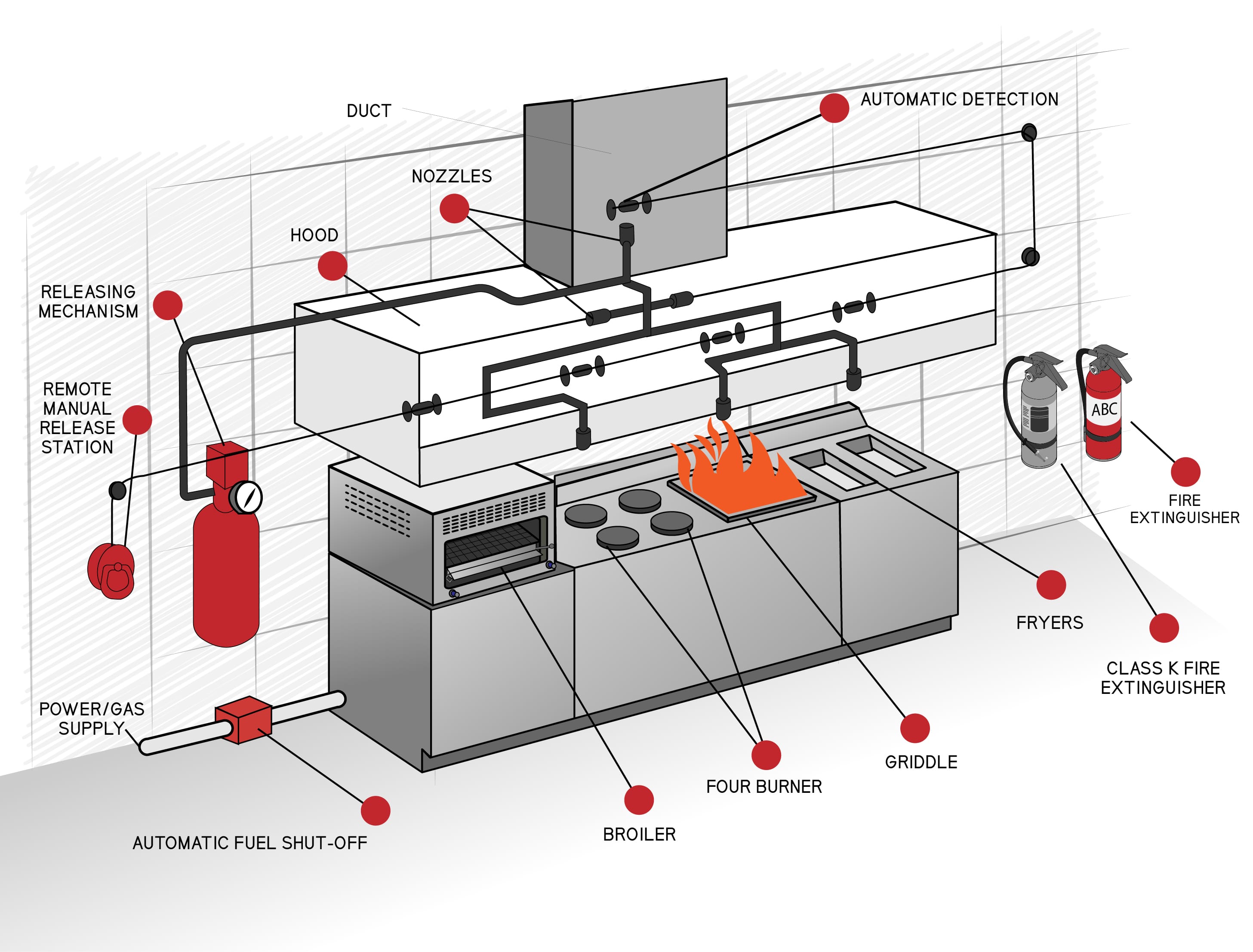How Often Does My Hood Need To Be Cleaned?
Cleaning the commercial restaurant hood is crucial for maintaining a safe and efficient kitchen environment. This comprehensive guide will delve into the frequency of hood cleaning, factors affecting it, and best practices to ensure your restaurant operates smoothly and safely.
Importance of Regular Hood Cleaning
Commercial kitchen hoods accumulate grease, smoke, and grime over time. This buildup can lead to fire hazards, reduced air quality, and health code violations. Regular cleaning is essential to prevent these risks and ensure a hygienic cooking environment.
Determining Cleaning Frequency
The frequency of hood cleaning depends on several factors:
- Type of Cooking: Restaurants that involve high-volume frying or grilling typically need more frequent cleaning due to increased grease and smoke production.
- Volume of Cooking: High-traffic restaurants generally require more frequent cleaning than those with lower footfall.
- Local Regulations: Compliance with local health and safety regulations is critical. These regulations often specify minimum cleaning frequencies for commercial kitchens.
Industry Standards and Guidelines
The National Fire Protection Association (NFPA) provides guidelines on hood cleaning frequencies in its NFPA 96 Standard. According to NFPA 96, the cleaning frequency should be as follows:
- Monthly: Systems serving solid fuel cooking operations.
- Quarterly: High-volume cooking operations, such as 24-hour restaurants and those with charbroiling.
- Semi-annually: Moderate-volume cooking operations.
- Annually: Low-volume cooking operations, such as churches or day camps.
Signs That Your Hood Needs Cleaning
Apart from the regular schedule, there are signs indicating your hood needs cleaning:
- Increased Smoke: Poor smoke evacuation suggests excessive grease buildup.
- Grease Deposits: Visible grease deposits on filters and hood surfaces.
- Odor: Persistent unpleasant odors even after regular kitchen cleaning.
Professional Cleaning vs. DIY
While minor cleaning can be handled in-house, professional cleaning is recommended for thoroughness and compliance with fire safety standards. Professionals use specialized equipment and chemicals to safely and effectively remove all grease and debris.
Best Practices for Hood Maintenance
To complement professional cleanings, follow these best practices:
- Regular Inspections: Conduct visual inspections for grease buildup and functionality issues.
- Filter Maintenance: Clean or replace filters regularly to prevent excessive grease accumulation.
- Train Staff: Educate kitchen staff on the importance of hood cleanliness and best practices.

Benefits of Regular Hood Cleaning
Regular hood cleaning offers several benefits:
- Fire Safety: Reduces the risk of grease fires, a common hazard in commercial kitchens.
- Compliance: Ensures adherence to health and safety regulations, avoiding potential fines.
- Efficiency: A clean hood system improves ventilation efficiency, enhancing the kitchen environment.
- Longevity: Regular maintenance prolongs the lifespan of your hood system.
Choosing a Professional Hood Cleaning Service
When selecting a service provider, consider the following:
- Certification: Ensure the company is certified and adheres to NFPA 96 standards.
- Experience: Look for companies with a strong track record in commercial kitchen cleaning.
- Comprehensive Service: Choose a provider that offers a complete cleaning of the hood, ductwork, and fan.
- Documentation: A reputable service will provide before-and-after photos and a certificate of compliance.
Conclusion
Regular hood cleaning is a non-negotiable aspect of running a commercial kitchen. It ensures safety, efficiency, and compliance with regulations. By understanding the factors that determine cleaning frequency and adhering to best practices, restaurant owners can maintain a safe and efficient kitchen environment.
Visualizing the Importance
To further illustrate the importance of regular hood cleaning, let’s look at some AI-generated images that highlight the aspects of a well-maintained commercial kitchen hood.
[AI-generated image of a professionally cleaned commercial kitchen hood] [AI-generated image of a kitchen staff inspecting a hood for grease buildup] [AI-generated image of a professional cleaning crew in action, cleaning a commercial kitchen hood]These images serve as a visual reminder of the importance of regular maintenance and the potential risks associated with neglecting this crucial aspect of restaurant management.
By maintaining a rigorous cleaning schedule and being vigilant about your commercial kitchen hood’s condition, you contribute significantly to the safety, efficiency, and success of your restaurant.



